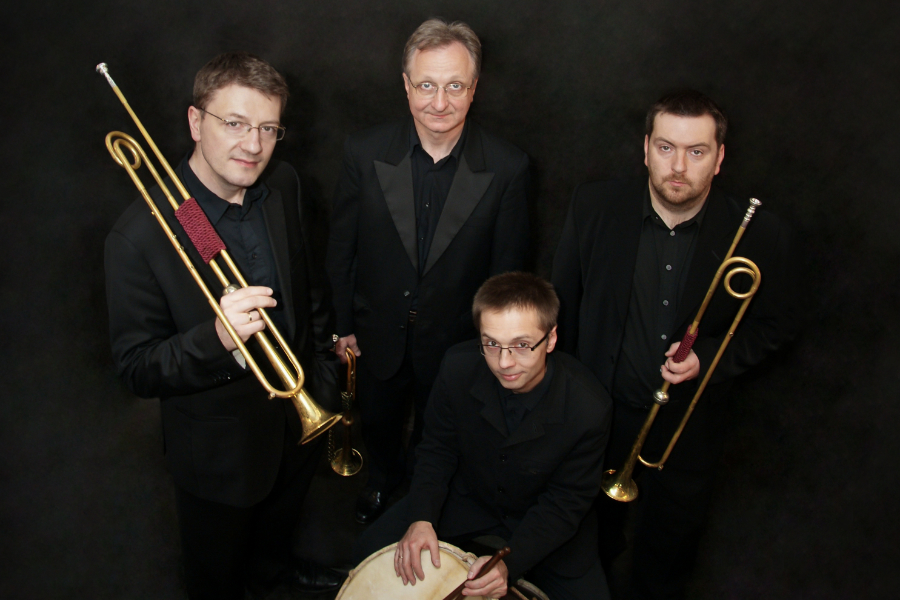When we think of a trumpet playing fanfares, images of royal audiences, diplomatic delegations and military parades come to mind. We have different geographic and chronological associations, but usually of a very general nature. Meanwhile, one of the most important places for the history of the trumpet was the Habsburg court in Vienna, not so far from Poland. After the period of its greatest heyday, which the trumpet playing had in connection with imperial ceremonies in the 17th and 18th centuries, the popularity of this instrument in the first half of the following century was still excellent in the Austrian monarchy.
The creator of the dynastic power of the Habsburgs – Emperor Maximilian I (1459–1519) must have loved the trumpet very much, as his appearance at the meeting with the kings of Bohemia and Poland in Wiener Neustadt in 1515 was accompanied by forty-five trumpeters. However, when it comes to the development of the artistic repertoire for this instrument, the invention of the Viennese Anton Weidinger around 1800 in the form of a trumpet with flaps, which led to the composing of trumpet concertos by Joseph Haydn and Johann Nepomuk Hummel, was of paramount importance.
Weidinger’s patent, however, did not catch on. Empress Marie Louise Habsburg-Este, the third wife of Francis II, did not like to listen to the new type of trumpet, so fanfares at the beginning of the 19th century were still usually played on natural Baroque trumpets with limited technical capacities. New works for this type of trumpet continued to be written. Antonio Salieri, who at that time at the court in Vienna still enjoyed great authority in the field of music, wrote for natural trumpet. His fanfares, composed for a band of trumpets and timpani, allow us today to feel the mood that must have prevailed in the capital of the monarchy during the most important ceremonies at the turn of the 18th and 19th centuries. Another example of fanfare composed in the Austrian Empire are the twelve works by Italy’s Giovanni Battista Gordigiani, who settled down in Prague and published them there in 1834. The Polish repertoire of a similar type during the mini concerts held in Wrocław’s city spaces during Forum Musicum will be represented by the anonymous eighteenth-century Fanfare based on wedding marches from Wielkopolska. Join us to celebrate together!

